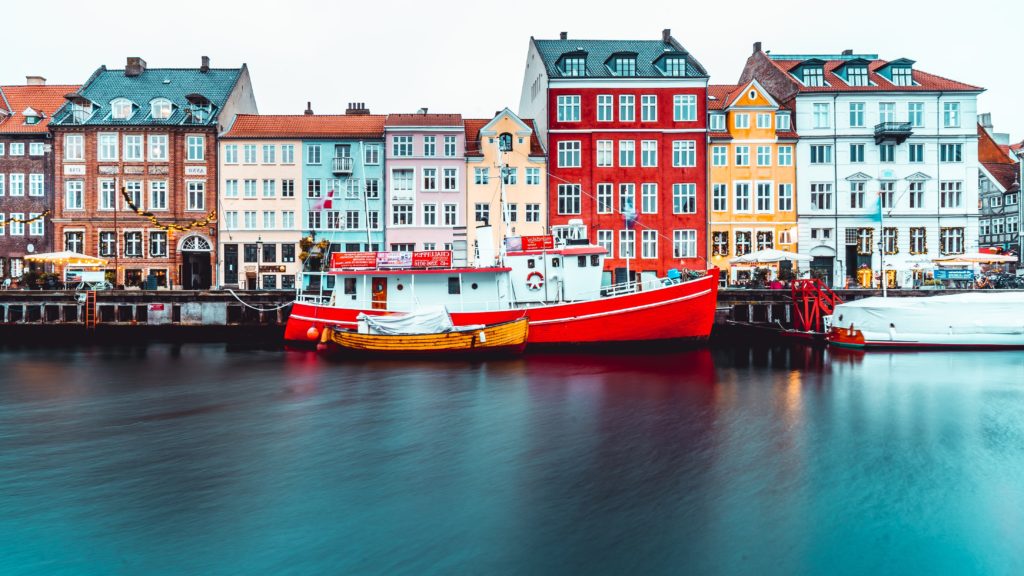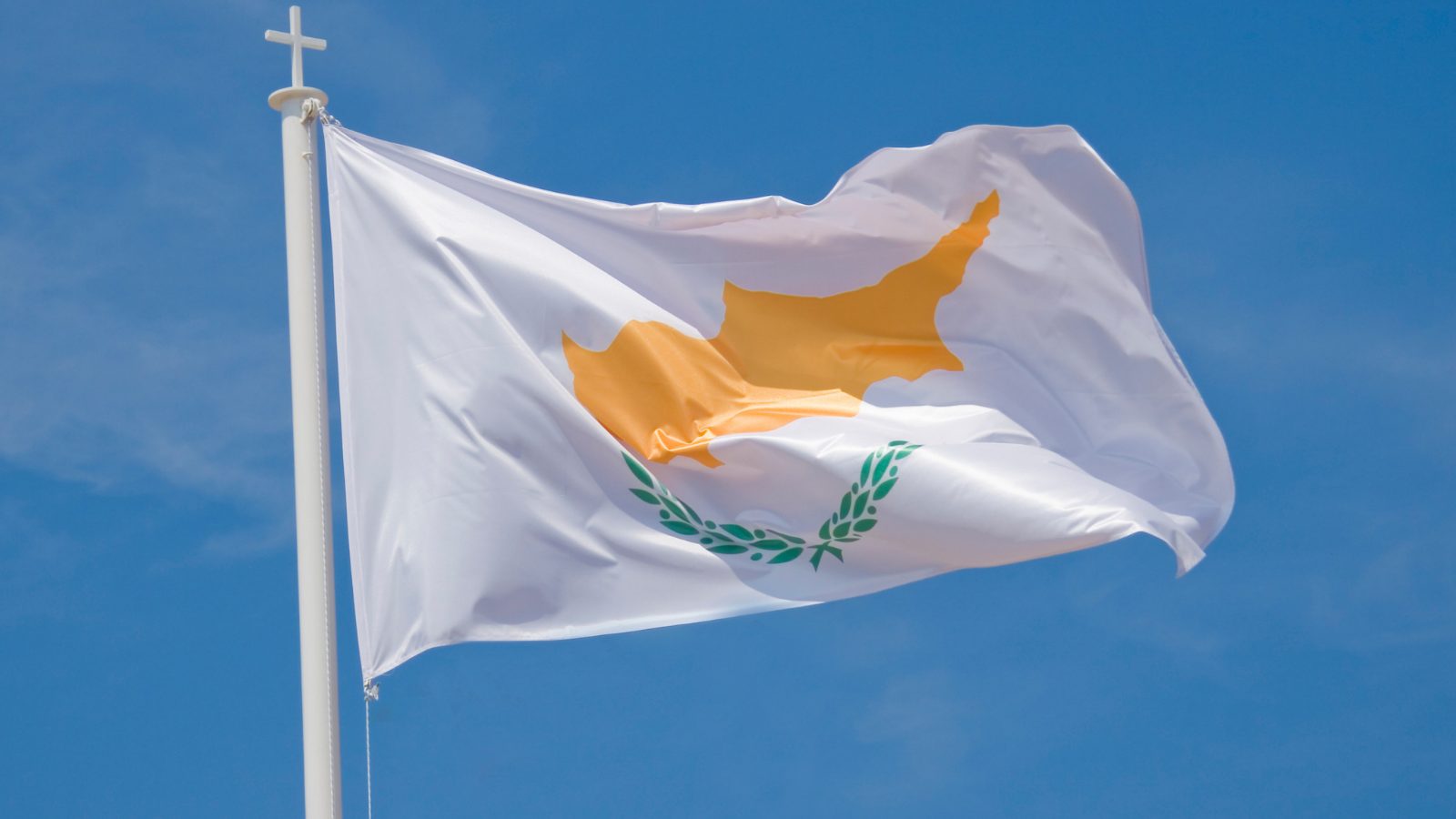Housing costs in Denmark can range from affordable to luxurious, but you should be aware that there is tremendous competition for available apartments and that Danish laws and culture are not friendly to foreigners. If you intend to relocate or invest in real estate in the area, there are a few key details about the local housing market you should be aware of.

A two-bedroom family home typically costs 2,656,115 DKK or roughly 18,910 DKK per square meter. Owner-occupied apartments typically cost 38,145 DKK per square meter. Due to the low entrance requirements and accessibility of low-cost financing, the local housing market is extremely competitive.
How much should a home cost in Denmark? The cost of single-family homes and apartments close to the city centers can be extremely high, but that isn’t the only problem.
Due to the relatively low-down-payment requirements and the easy accessibility of loans with extremely favorable terms, you will discover that the local market is intensely competitive. Additionally, there is sometimes animosity toward outsiders in local traditions and attitudes.
Cost of house
In April 2022, the average price of a home in Denmark was 2,656,115 DKK. Near the city center, apartments typically cost 35,438 DKK per square meter. Units farther out typically cost 24,798 DKK per square meter.
Accordingly, the national average price per square meter is 16,507 DKK. The price of a typical 145 m2 home in Denmark is 2.4 million DKK (2021).
In Denmark, the disparity in housing costs is astounding. Therefore, the price per square meter in Frederiksberg is 73,492 DKK, while in Horslunde it is 3,050 DKK.
From the fourth quarter of 2020 to the fourth quarter of 2021, housing prices increased by 9.5% countrywide (across 82 municipalities).
In most countries, such as Denmark, the highest rises typically take place in urban areas. House prices have increased by more than 20% in various municipalities, including Hrsholm, Helsingr, Dragr, Lejre, Fures, Hvidovre, and Gladsaxe.
Therefore, compared to the same time last year, the current prices of homes indicate an increase of 20.8 percent. A 140-square meter home would have cost, on average, 1,923,000 DKK in 2018.
In 2020, a single-family home will cost 2.5 million DKK. This was cheaper than 2.66 million DKK.
Danish real estate market
In Denmark today, homes are selling for more money than ever, and the majority of those that are posted for sale is finished. However, although prices have never been higher than they are now, inflation has caused actual values to be up to 14% lower than they were in 2007.
The inflated real estate market in the area at the time foreshadowed the coming financial disaster that would occur the following year. Thankfully, there aren’t any indications of such danger right now. Furthermore, because of low-interest rates and rising wages, mortgages are more affordable than ever.
50,644 detached homes were sold in 2021, the most since 2004 despite these high costs.
Average house prices in Denmark in 2022
Prices for all sorts of dwelling units increased steadily from June 2021 to January 2022 in almost all locations of Denmark.
Prices for owner-occupied flats average 38,145 DKK/m2, according to data compiled by the Association of Danish Mortgage Banks (ADMB), an increase of 11.6 percent from the year before.
Similar trends were seen in detached home prices, which rose 11.1 percent to an average of 18,910 DKK/m2. The price of vacation properties saw the largest increase, rising by a staggering 22.1 percent, and an average of 23,859 DKK/m2.
In Denmark, regional differences in property values are significant, as they are in most other nations. In Copenhagen, a home measuring 140 square meters might cost 5 million DKK. In Bornholm, a comparable unit might only cost 990,000 DKK, whereas it might only cost 1.2 million DKK in western Jutland.
Buying a house in Denmark
You should be aware of a few key details regarding the Danish real estate market because they may have an impact on your ability to locate competitively priced housing. One is that there are many readily available, highly affordable social housing units.
You would pay a lot less if you could rent one of these apartment units than you would for a comparable location on the open market.
As you may imagine, there is a lot of rivalry between these apartments. There are typically large waiting lists, and most landlords prefer local tenants (more on that later).
But if you’re lucky enough to get one, your rent will be so cheap that you’ll have a lot more money to invest in high-yielding assets that are expected to give returns that are higher than those of real estate.
Additionally, you should be aware of how very competitive the Danish real estate market is, particularly when dealing with properties at the lower end of the price spectrum. If you have your heart set on a piece of real estate in the one to three million DKK price bracket, you will probably face at least a dozen other buyers.



